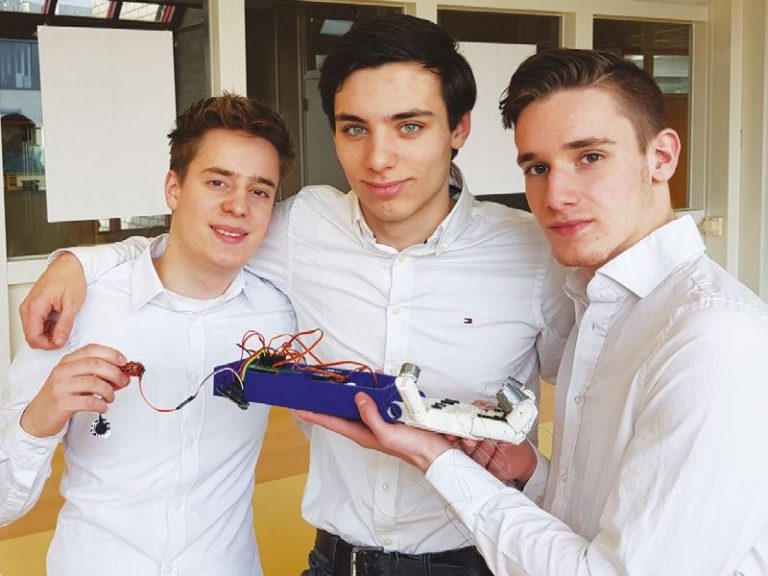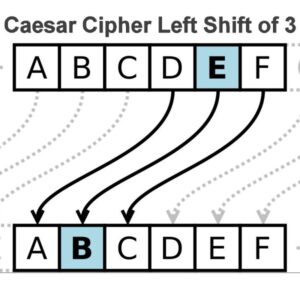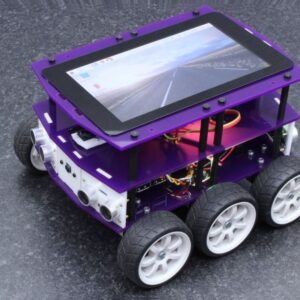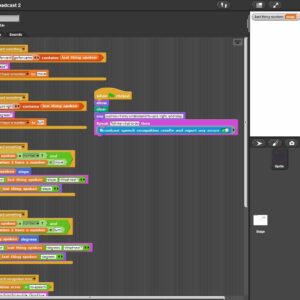We started this project with limited knowledge of Arduino software, electronics and 3D design. We also didn’t have sufficient knowledge of the motor skills of the hand.
The challenge that we faced was to first master the basic knowledge of the above-mentioned components.
This turned out to be a long path full of changes, blockades and difficult research work.
An example of such a blockade was the fact that we made a wrong decision with respect to the use of an electric motor.
Whilst we had initially opted for a stepper motor, a servo motor eventually turned out to better meet our product requirements. Because of a difference in control between a stepper motor and a servo motor, the latter was a better option due to the spinning precision, as a result of which the fingers ended up in exactly the correct position.
At the beginning of the process, we considered which requirements a prosthesis would have to satisfy.
Continue Reading 3D Printed Myoelectric Prosthetic Arm School Project





Scratch Broadcast and Wait Block Waits for the Receiver Block to Finish: this block lets...
Importing the Arduino HC-SR04 Ultrasonic Sensor Library Zip File #Arduino...
Boston Dynamics SpotMini is a small 4 legged robot dog that comfortably fits in an...
Enable SSH on Your Raspberry Pi #RaspberryPi...
Cubetto Classroom Trial Review #Cubetto #Coding #Teachers...
Google AIY Vision Kit: The #AIY Vision Kit from #Google lets you build your own...